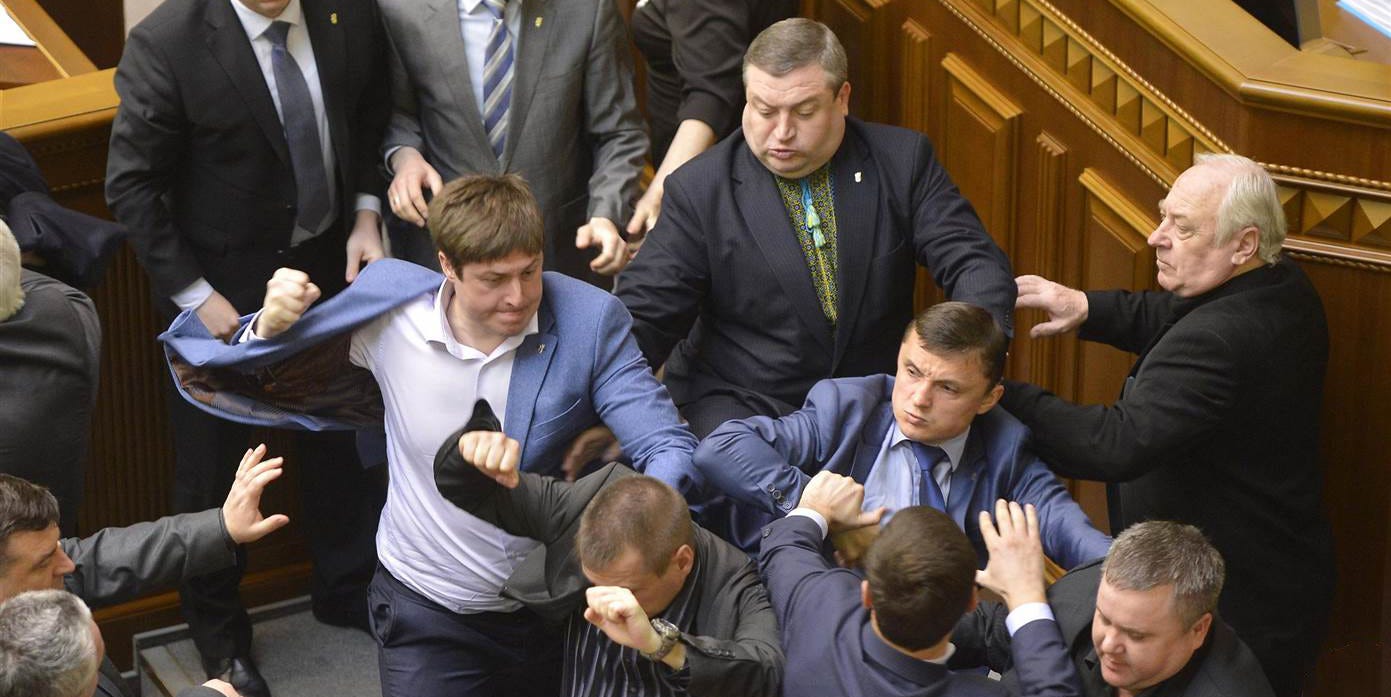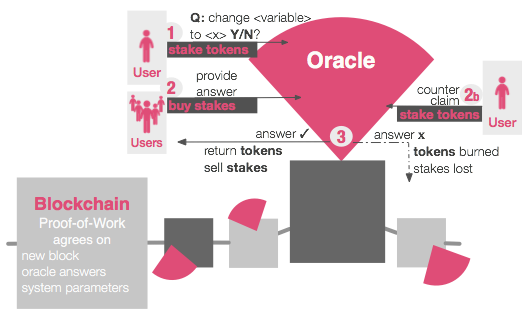
How to improve decentralized blockchain systems, designed to resist change?
Blockchains as Governments
When I was introduced to the idea of a decentralized cryptocurrency back in 2013, how such a system can be improved to meet the demands of its increasing popularity was not an immediate concern. The answer was— you just update the software. Simple.
A few billion US dollars later however, politics have entered the sphere of blockchain technology and the governance of decentralized, open-source systems is now becoming a trendy topic in … mathematics.
New Form of Societal Organization
The concept of decentralized, digital, private currency is nothing less than revolutionary. But perhaps not only for the immediately obvious reasons.
Not being subject to government-induced inflation is great, while not having to entrust the value that you have created to a third party is a dream come true. But these are only the immediate advantages of a technology that challenges us to organize people in a completely novel way.
The knowledge that we generate while trying to keep this idea relevant and competitive could turn out to be the key to our survival. Survival not only of the top 5% (our current path, in my opinion), but survival for the masses.
Decentralized, digital, private currency is a reality. Next big challenge: keep it relevant in a competitive environment
Improving Systems Designed to Resist Change
Adaptation is at the center of evolution. Any organism that cannot adapt well to the changing environment “goes the way of the Dodo”. Is technology subject Darwin’s law of evolution? Does the survival of public blockchains depend on adaptation? I believe so.
Economic survival through utility may only be achievable through adaptation
I like the popular perception of Bitcoin as the “Honey Badger of money“, but I now believe that the first cryptocurrency could be better compared to this creature:

The Horseshoe crab survived for more than 300 million years relatively unchanged. Nature got it almost perfectly right the first time obviously. Maybe Bitcoin was an evolutionary fluke as well.
I am confident that Bitcoin will be an important part of tomorrow for exactly the reason of being inflexible and employing a “heavy” governance mechanism.
However, it is only natural for blockchains at the other end of the “flexibility” spectrum to emerge. I believe that they will have their own essential role to play in solving the challenge of a more egalitarian society. You may not be fully aware of this, but
blockchains are economic instruments generating funding for fundamental research in the sphere of governance
A Step Forward
Ethereum is undoubtedly breaking new ground in this respect but it also faces its own set of scalability challenges. The recent move to fork the system into essentially two branches – a permissioned one and a public one—can be perceived as a sign that one of its primary features – flexibility – is still not executed well enough.
It might not be immediately clear, but the demands of the enterprise market can be used as a litmus for where the value is
In order to commercialize blockchain technology and allow a larger percent of the world’s population to make use of it, enterprise-grade applications must become publicly available and their decentralized governance must be flexible enough to accommodate market demands quickly.
æternity – Standing on the Shoulders of Giants
In public blockchains currently, whenever a system upgrade needs to be done, a hard fork is required. This leads to heated discussions among all value holders. Even simple changes, like correcting an arbitrary set variables in the source code, painfully obvious in the block size debate in Bitcoin, seem to be very hard to agree on in a system where the users’ incentives are not aligned with those of decision makers.
We have also seen more complicated governance decisions, like fixing a single smart contract bug in “The DAO”, to require a quick intervention by system developers.
The primary problem is easily identifiable – the decision-making process for a protocol upgrade or change is not well defined and lacks transparency. Any blockchain design that can improve this process will gain an important competitive advantage. That’s exactly what æternity aims to do.
æternity’s governance system is part of the consensus. It uses prediction markets to function as efficiently and transparently as possible.
Moreover, the consensus mechanism is defined by a number of variables that determine how the system functions. Those can be updated by each new block. From how much it costs to make transactions or ask an oracle, to modifications of fundamental parameters like the block time, block size and new tokens created per block. Since the oracle is incorporated in the blockchain consensus mechanism, using its services will be very cheap.

By having prediction markets determine the value of variables that define the protocol, users can learn how to efficiently improve the protocol. Furthermore, predictions markets can facilitate potential hard forks decisions and help the community reach consensus about which version of the code to use. Each user chooses for himself which variable he seeks to optimize, but his default strategy would be to maximize the value of his holdings.
æternity introduces a new type of governance for decentralized systems that could allow them to become “more robust by being flexible”
The vision of æternity is a decentralized, public blockchain governance through prediction markets. We strongly believe that the usefulness of prediction markets will be re-discovered in the years to come and they will play an important part in the world of tomorrow.
Prediction markets could be the solution to public blockchain governance and allow for a novel way of organizing society and global economic interactions.
Do you share our vision? Join us!
Learn more about æternity’s innovative blockchain architecture by visiting the official website and/or reading the scientific whitepaper.
Phase One of æternity’s contribution campaign generated more than 120,000 ETH and 320 BTC. Phase Two will start 13:05 GMT, May 29, 2017.
Learn how to participate.
Get in touch:
GitHub | Reddit | Telegram | Twitter | Facebook | Mail

Leave a Reply